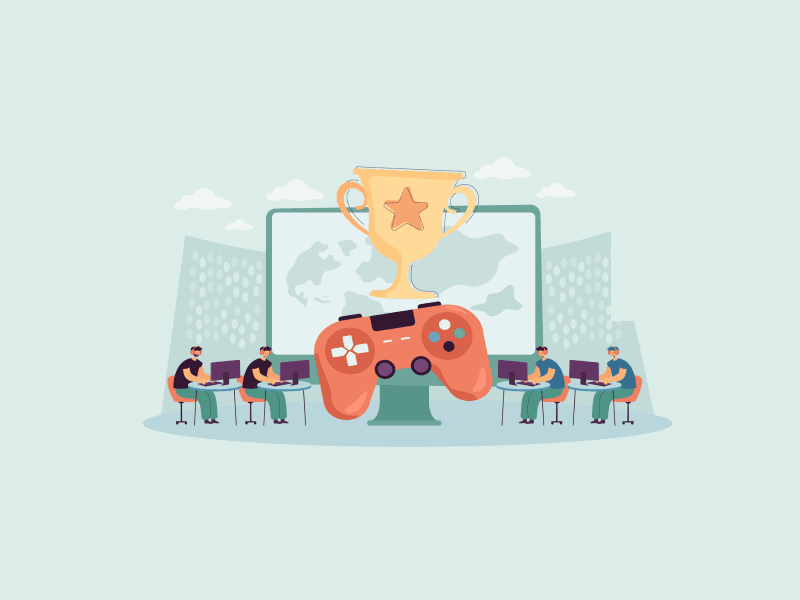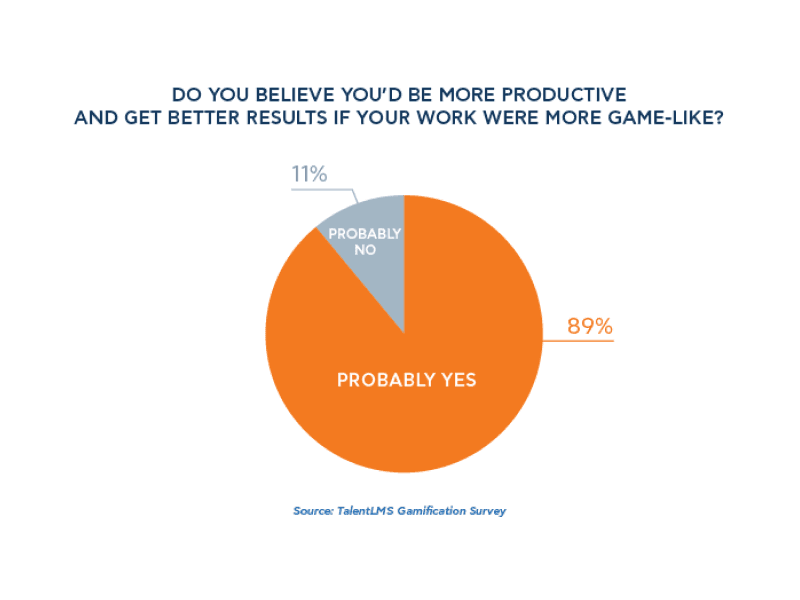Gamification in the Workplace: Boosting Employee Engagement and Productivity
Gamification refers to the use of game mechanics, such as rewards, competition, and challenges, in non-game contexts such as the workplace. By tapping into our innate human desire for competition, achievement, and recognition, gamification has the potential to transform the workplace culture and significantly boost employee engagement and productivity. In the workplace, gamification involves the use of game-like elements, such as points, badges, and leaderboards, to motivate employees and encourage them to perform better.
How Gamification Improves Employee Engagement and Productivity
Gamification can be a powerful tool for organizations to improve employee engagement and productivity. By providing clear goals, feedback, and rewards, gamification can increase motivation and job satisfaction, leading to a more efficient and collaborative workplace culture. Additionally, gamification can enhance training and skill development by making it more enjoyable and effective. Here are some of the ways gamification can improve employee engagement and productivity:
Increases motivation and job satisfaction: Gamification provides employees with clear goals, feedback, and rewards, which can increase motivation and job satisfaction. When employees are engaged and motivated, they are more likely to put in the effort required to achieve their goals and complete tasks efficiently.
Fosters team collaboration: Gamification can foster team collaboration by encouraging employees to work together towards a common goal. Gamification can bring teams closer together and promote better collaboration, leading to improved productivity and overall success.
Enhances learning and development: Gamification can be used as a tool for learning and development. By using game-based learning, employees can learn new skills and knowledge in a fun and engaging way, which can help them to retain information better.
For example, adding a daily Wordle session to your workspace can be a great way to boost engagement while also being educational, creating a space for employees to learn in a fun way. At Guul, we believe in creating a productive workspace where employees can be motivated and engaged through team-building activities, such as Find the Word, which is a puzzle game similar to Wordle. You can choose which days and hours you want to play it and add it to your Slack and Microsoft Teams workspace with just one click!
Improves remote work: With more and more employees working remotely, gamification can be a valuable tool for keeping employees engaged and productive. By providing remote workers with gamified tasks and challenges, employers can create a sense of community and foster team building even when employees are not physically together.

Image Source: pch.vector on Freepik
How to Implement Gamification in the Workplace
To implement gamification in the workplace, it is essential to set clear goals. These goals can be related to team collaboration, remote work, or game-based learning. For example, if the goal is to improve team collaboration, gamification can be used to encourage employees to work together on projects and reward them for their efforts. If the goal is to improve remote work, gamification can be used to encourage employees to stay engaged and motivated while working from home. What you should do while incorporating gamification in the workplace:
Identify areas for improvement: To start implementing gamification in the workplace, identify areas where you want to see improvement. This could be productivity, collaboration, or learning and development.
Define clear goals and rewards: Once you've identified the areas for improvement, define clear goals and rewards that will motivate employees to achieve them. Make sure the rewards are meaningful and relevant to the employees.
Choose the right gamification tools: Choose gamification tools that are appropriate for your workplace culture and the goals you want to achieve. Some popular options include leaderboards, point systems, and badges.
Incorporate gamification into the workplace: Incorporate gamification into the workplace by integrating gamification tools into your existing workflows and processes. Be sure to provide training and support to employees to ensure they understand how to use the gamification tools effectively. Regularly assess and adapt your strategy for continued effectiveness and engagement.

Image Source: Freepik
Suggestions for Gamification in the Workplace
Employers can boost employee engagement, motivation, and productivity by incorporating gamification into their workplace. After implementing gamification into their workplace and creating a unique points system for their team, employers can use gamified events such as:
Gamified Polls: Use gamified polls to gather feedback and opinions from employees. The Polls may vary from "What is your favorite day?" to "Which gamification practices should our company have?"
Tournaments: Create tournaments that encourage healthy competition among employees. For example, create an Esports tournament within your company, and reward the winner with a trophy or a day off. Additionally, you can create tournaments for special events like Oscars and try to predict the winners with your team, then reward those who got the most winners right with giftcards.
Trivia: Use trivia games to promote learning and knowledge-sharing among employees. For example, create a trivia game that quizzes employees on industry trends or popular culture, and reward those who get the most answers correct.
Wellness Challenges: Use gamification to promote wellness in the workplace by creating challenges that encourage employees to take breaks, stretch, or engage in other healthy activities. For example, add a daily breathing exercise to employees' daily work routine. Reward those who complete the challenges with points, badges, or prizes.
Virtual Escape Room: Set up a virtual escape room where employees must solve puzzles, find clues, and work together to escape. Use a gamification platform to track progress and reward the teams who complete the escape room fastest or with the fewest clues with points or prizes.
Measuring the Success of Gamification
To measure the success of gamification in the workplace, it is important to track metrics and analytics. These can include employee engagement, productivity, and performance. It is also important to gather feedback from employees to determine how effective the gamification strategy is and to make improvements where necessary. Gamification can provide teams with productivity and engagement. Employers who tailor a gamified plan for the team, take employees' feedback, and update the plan in accordance with what the employees want can get the best out of gamification.
When done correctly, gamification can make employees feel more productive and engaged. According to a study by TalentLMS, 89% of employees felt more productive when using gamification. Another study by Zippia reveals that 95% of employees prefer a gamified work experience, and 72% of people say gamification motivates them to work harder.

Image Source: TalentLMS
The Future of Gamification in the Workplace
Gamification is becoming an increasingly popular technique for enhancing employee engagement, productivity, and job satisfaction. With the right goals, game design, and tools, gamification can be a powerful tool for building a positive workplace culture and fostering team building. As technology continues to evolve, it is likely that gamification will become an even more important tool for employers looking to enhance employee engagement and productivity.
At Guul, we believe that employee well-being is crucial for building a successful and thriving workplace culture. That's why we have developed gamified solutions for businesses to help boost employee engagement and productivity. By working together and focusing on employee engagement, we can create a happier, healthier, and more productive workplace for everyone.





